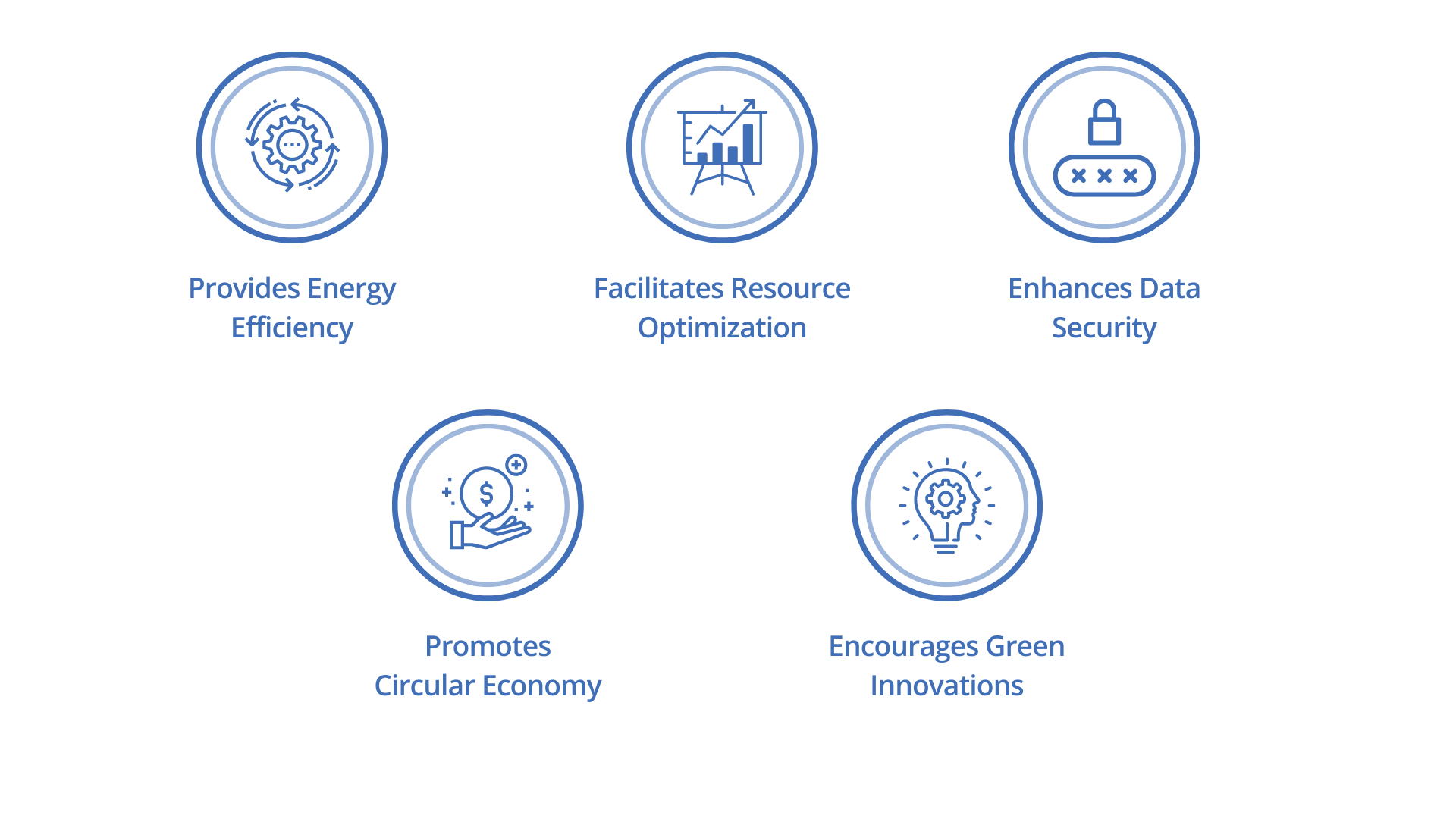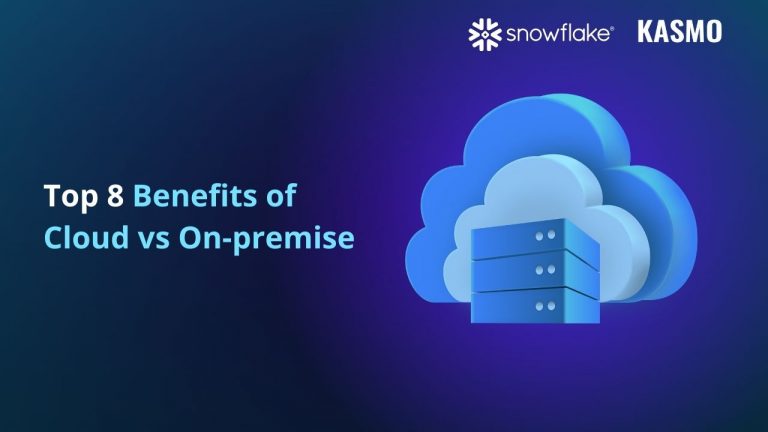Exploring the Key Benefits of Cloud vs On-premise
Global enterprises have been facing difficulties with moving on-premise data to cloud. They often struggle with scaling increasing large volumes of data and extracting meaningful insights. As organizations move towards being more customer-centric, they need to understand the key benefits of cloud vs on-premise.
But first let’s look at some common challenges faced by industries which have not yet implemented cloud migration process:
- Understand customer behavior,
- Segregate customers according to their demands
- Track results of their marketing campaigns
- Resource Management
- Considerable Capital Expenses
- Limitations in Scalability
To overcome these challenges, major companies have slowly started moving their data from on-premise to cloud. According to an analysis by Gartner, more than 50% of businesses will use cloud platforms by 2028 to accelerate their business operations. This huge shift from on-premise to cloud will bring many advantages to how businesses conduct their operations.
In this blog, we will discuss the various benefits of cloud vs on-premise, from increased flexibility, scalability, cost-efficiency to security. We will also cover how Kasmo helps clients in migrating their data to Snowflake AI Data Cloud Platform. Let’s dive in!
Key Benefits of Cloud vs On-Premise
Here are the benefits of cloud migration:
Scalability and Flexibility
Migrating data from on-premise to cloud will provide scalability and flexibility to a company’s data needs. With cloud computing, the company can easily adjust their demand and supply of products and services effortlessly, without incurring huge expenses. With cloud, the company can ensure optimal resource utilization and enhance efficiency.
Optimize Cost Efficiency
By moving data from on-premise infrastructure to cloud, it becomes easy for a company to manage their finances efficiently. In cloud, businesses don’t have to spend extra capital maintaining physical servers. Migrating data from on-premise to cloud reduces IT requirements and physical data storage.
When businesses decide to move their data from on-premise to cloud after selecting a cloud platform like Snowflake, the entire process can be handled by different cloud platform partners efficiently. At Kasmo our experts help clients seamlessly migrate their historical data to Snowflake.
Enhance Data Security
Securing data is a primary concern for enterprises. They may encounter several challenges when transitioning their data to cloud. It’s imperative for these businesses to guarantee the safety, protection, and encryption of their data during its transmission to cloud. Snowflake understands these concerns and has devised several migration kits. These kits along with Snowflake’s fully managed AI data cloud services automate manual tasks and allow organizations to focus on other crucial matters of business operations.
Provides Seamless Integration and Interoperability
Here’s how cloud migration services provide seamless integration and interoperability:

Improve Collaboration and Simplified Management
Cloud migration of data improves collaboration between employees. When data is migrated from on-premise to cloud, employees can access it anywhere, any time. Organizations can also manage and monitor their resources efficiently once data from various sources has been moved to a unified platform, simplifying data management.
Optimize Backup and Disaster Recovery
One of the key benefits of cloud vs on-premise, is optimized backup and disaster recovery. Once the data has been moved to cloud, implementing backup and getting recovery solutions becomes less time consuming. This also eradicates the need for businesses to spend on hardware and infrastructure for deriving solutions. Cloud-based systems have strong recovery capabilities which keep the data safe and ensure business continuity.
Faster Innovation
Snowflake, a cloud data platform provides a plethora of services that accelerate innovations. With these services, developers can focus on experimentation and innovation of new applications, instead of focusing on mundane processes. They can build, deploy and distribute new applications, in the same cloud ecosystem.
For example, Snowflake Native App Framework helps developers build new applications, deploy and distribute them seamlessly within Snowflake Data Cloud. If required, developers can even monetize these applications, within the Data Cloud, which opens a new revenue channel.
Sustainability
Cloud data platforms help in reducing a company’s carbon footprint, by removing high- energy consuming traditional data platforms. Here are some more points on how cloud migration helps organizations practice sustainability:

Potential Cloud Migration Risks and Challenges
Migrating data from on-premise to cloud is a relatively new concept. It is only natural that businesses have doubts before adopting this process. Let’s list down some potential challenges associated with Cloud Migration:
- Privacy and Security
- Compliance
- Cost Management
- Lengthy and Complex Migration Process
How Snowflake Helps?
To address these challenges during cloud migration, Snowflake offers several tools and services to perform quality checks before migration. This helps in identifying and addressing issues which can arise during the migration process. With Snowflake’s AI Data Cloud, organizations can analyze different data formats.
Snowflake’s fully managed services help in automating processes, optimize performance and provide data protection. Its unified data platform lets businesses collect data from various sources securely. The migration of on-premise to cloud is easy and comprehensive with the help of Snowflake’s migration kits.
Why Choose Kasmo
At Kasmo, we focus on solving our clients’ problems by developing innovative strategies, leveraging Snowflake. To help organizations understand customer behavior, streamline business processes, and predict trends, we break down data silos to analyze data. Our experts utilize the benefits of cloud vs on-premise to create a seamless customer experience.


